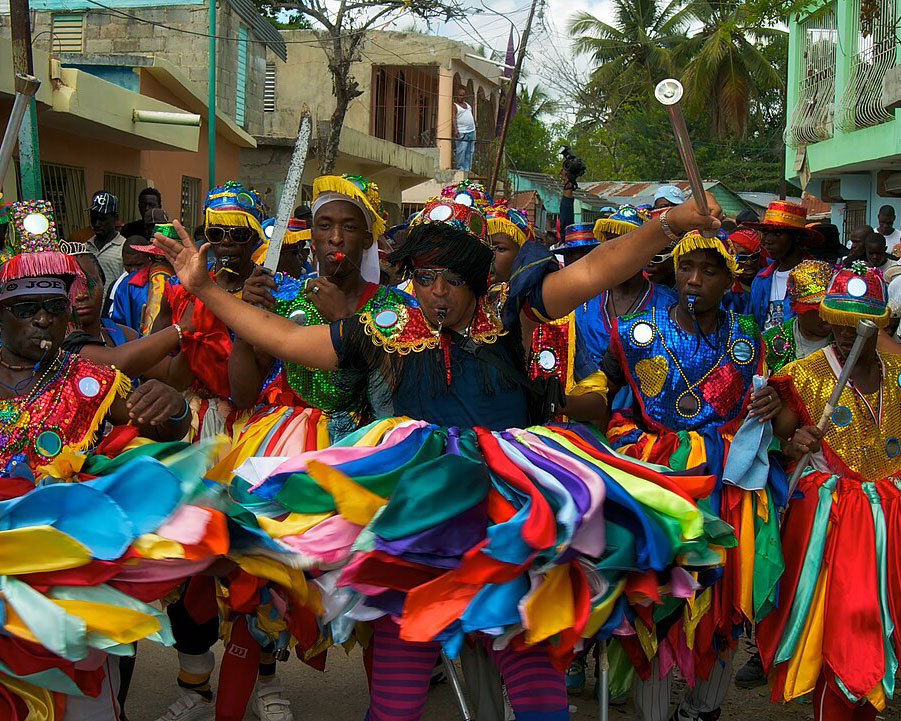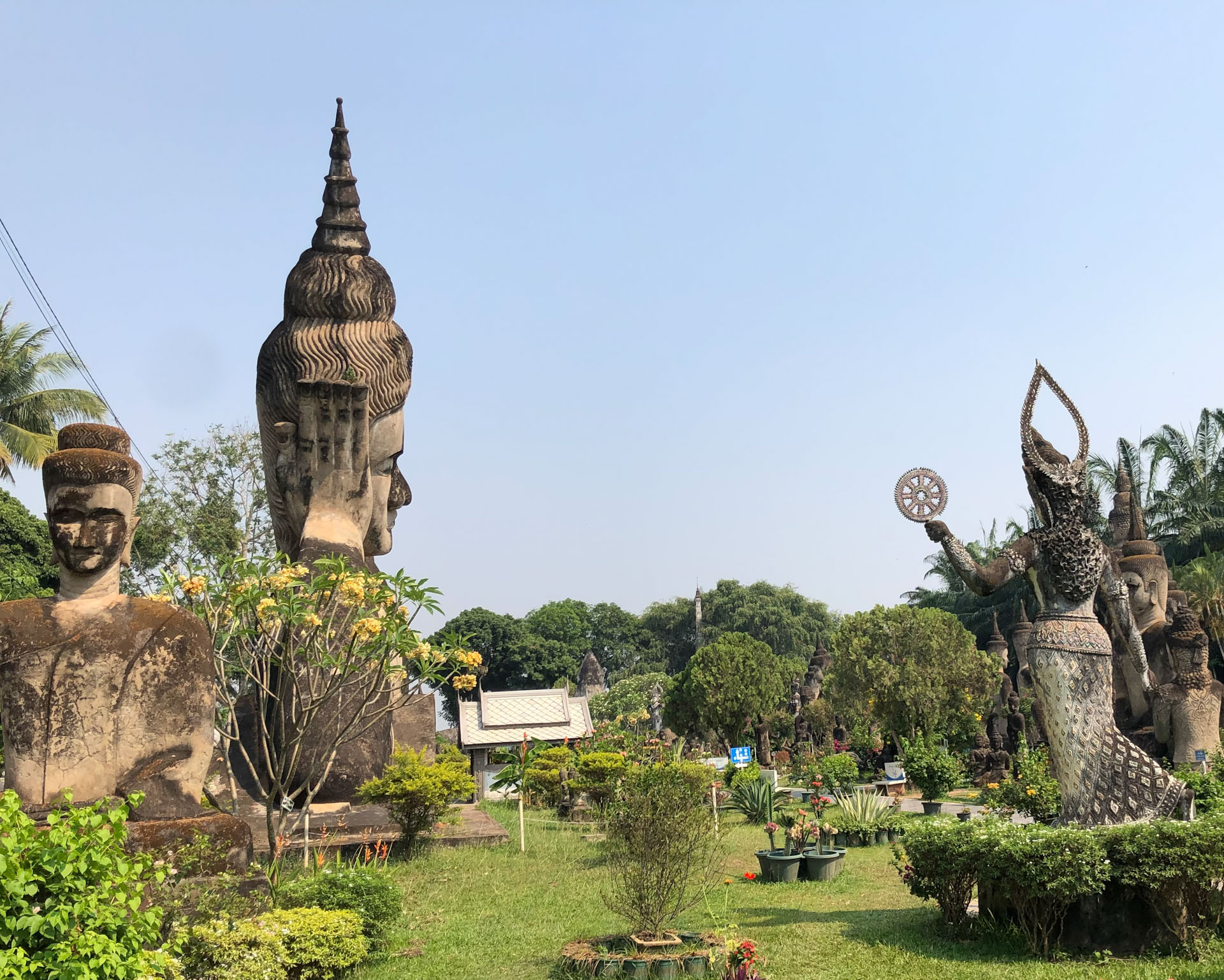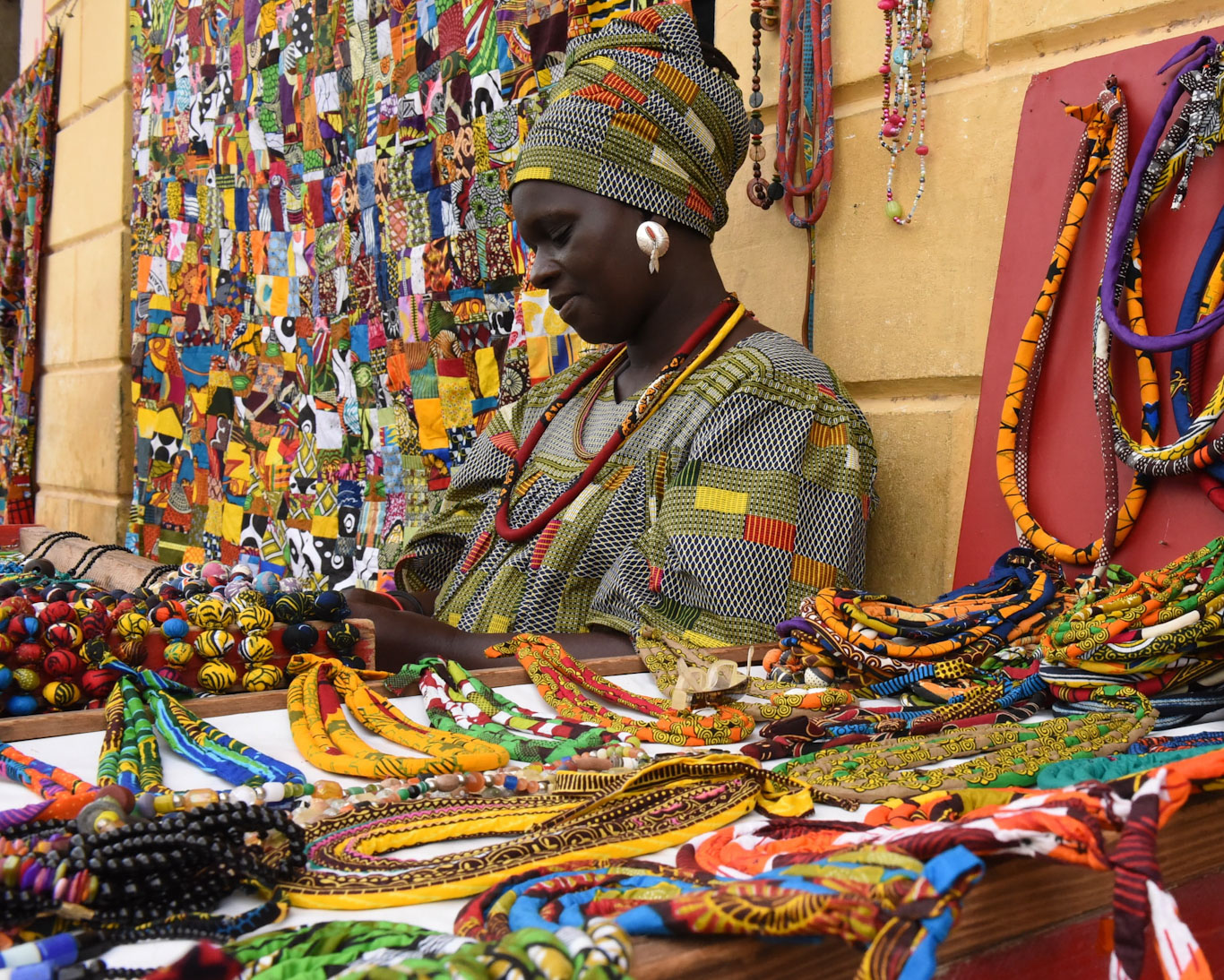Haiti is a country with a fascinating folklore traditions. It is located on the island of Hispaniola, which it shares with the Dominican Republic. Haiti was colonized by the French and became the first independent black nation in the world after a successful slave revolt in 1804. Haiti’s culture reflects the influences of its African, Taino, and European ancestors, as well as its unique religious and social practices.
One of the most distinctive aspects of Haitian culture is its folklore traditions. Folklore is the oral transmission of stories, beliefs, customs, and values that express the collective identity and wisdom of a people. Folklore can take many forms, such as tales, proverbs, songs, dances, rituals, festivals, and art. We will explore some of the most important and interesting folklore traditions in Haiti, and how they reveal the richness and diversity of Haitian culture.
Krik-Krak: The Art of Storytelling
Storytelling is a vital part of Haitian culture. It is a way of preserving and passing on the history, values, and lessons of the ancestors. It is also a way of entertaining and educating the listeners, especially children. Storytelling in Haiti often begins with the exclamation “krik?”, which means “are you ready to listen?”, followed by the response “krak!”, which means “yes, we are!”. This is a signal that a story is about to begin.
Haitian stories can be about anything, from everyday life to mythical creatures. They often feature animals that act like humans or have special powers, such as the trickster spider Anansi or the wise tortoise Bouki. They also incorporate elements of Vodou, the syncretic religion that blends African animism, Catholicism, and indigenous spirituality. Vodou stories often involve the loas, or spirits, that represent different aspects of nature, human personality, and social roles.
Storytelling in Haiti is not only an oral tradition, but also a visual one. Haitian art is known for its vibrant colors, naive perspective, and sly humor. Haitian artists often depict scenes from stories or legends in their paintings, sculptures, or textiles. For example, sequined Vodou flags or drapo depict the symbols and attributes of different loas. Haitian art also reflects the political and social realities of Haiti, such as the struggle for freedom, dignity, and justice.
Konbit: The Spirit of Cooperation
Konbit is a term that refers to a form of social organization and mutual aid in rural Haiti. It is derived from the word kombite, which means “work party” or “collective labor”. Konbit is a tradition that dates back to the colonial era, when enslaved Africans had to work together to cultivate their own plots of land after working on the plantations. Konbit is also a way of resisting oppression and fostering solidarity among the peasants.
Konbit involves working on each other’s lands in exchange for food or money. It is usually done during the planting or harvesting seasons, when labor is most needed. Konbit also involves singing songs that motivate and energize the workers. These songs are called chante pwen or chante konbit. They often contain messages of resistance, hope, or humor.
Konbit is more than just a form of work; it is also a way of life. It represents the values of sharing, community, and harmony that are essential to Haitian culture. Konbit also extends to other aspects of social life, such as education, health care, or politics. For example, lakou is a term that refers to a communal living space where several families share resources and responsibilities. Lakou is also a place where children learn from their elders and where Vodou ceremonies are held.
Vodou: A Religion and a Culture
Vodou is perhaps the most misunderstood and misrepresented aspect of Haitian culture.
Vodou is often portrayed as a dark and evil practice that involves witchcraft, zombies, and animal sacrifices. However, this is a distorted and biased view that ignores the true nature and meaning of Vodou. Vodou is not only a religion, but also a culture, a philosophy, and a way of life for millions of Haitians.
Vodou originated from the fusion of various African religious traditions that were brought to Haiti by the enslaved Africans. Vodou also incorporated elements of Catholicism, which was imposed by the French colonizers, and Taino spirituality, which was practiced by the indigenous inhabitants of Hispaniola. Vodou is based on the belief that there is one supreme God, called Bondye, who is distant and inaccessible. However, there are many intermediaries between humans and Bondye, called loas or spirits. Loas represent different aspects of nature, human personality, and social roles. They are honored and invoked through prayers, offerings, songs, dances, and rituals.
Vodou is not a dogmatic or hierarchical religion; it is a personal and experiential one. Each individual has a unique relationship with the loas, who can manifest themselves in dreams, visions, or possessions. Possession is not seen as a negative or harmful phenomenon, but as a way of communicating with the loas and receiving their guidance and blessings. Possession is also a way of expressing one’s identity and belonging to a community.
Vodou ceremonies are usually held in temples called ounfo or peristil, or in outdoor spaces called hounfor or lakou. They are led by priests called oungan or priestesses called manbo, who have undergone initiation and training. Vodou ceremonies often involve drumming, dancing, singing, and wearing colorful costumes and accessories. They are occasions for celebrating life, honoring the ancestors, healing the sick, seeking protection, or asking for favors.
Vodou is not only a religion, but also a culture that influences many aspects of Haitian life. Vodou has inspired many forms of art, music, literature, and folklore in Haiti. Vodou has also played a significant role in Haitian history and politics. For example, the Haitian Revolution was sparked by a famous Vodou ceremony called Bois Caïman, where enslaved Africans swore to fight for their freedom. Vodou has also been a source of resistance and empowerment for Haitians in the face of oppression, poverty, and natural disasters.
Rara: A Musical Festival
Rara is a musical festival that takes place in Haiti during the Lenten season, from Ash Wednesday to Easter Sunday. Rara is derived from the word rarae , which means “rare” or “unusual” in Latin. Rara is indeed a rare and unusual spectacle that combines music, dance, performance, and social commentary.
Rara bands are composed of musicians who play various instruments such as bamboo trumpets called vaksen , metal horns called konet , drums called tanbou , rattles called cha-cha , and scrapers called graj . Rara bands also include singers who improvise lyrics on various topics such as politics, religion, love, or humor. Rara bands are usually affiliated with a Vodou temple or society, and are led by a chief called rara boss .
Rara bands parade through the streets and countryside of Haiti during the Lenten season, attracting crowds of followers and spectators. Rara bands often compete with each other for popularity and prestige. They also challenge the authorities and express their opinions on social issues through their songs and performances. Rara bands sometimes use satire or irony to mock or criticize the government, the church, or other institutions.
Rara is more than just a musical festival; it is also a form of popular expression and mobilization for Haitians. Rara reflects the history and culture of Haiti, as well as its current realities and aspirations. Rara is a way of celebrating Haitian identity and creativity. Rara is also a way of protesting against injustice and oppression. Rara is a voice for the voiceless.
Haiti ’s folklore traditions are an integral part of its culture. They reveal the richness and diversity of Haitian history, values, beliefs, and practices. They also demonstrate the resilience and ingenuity of Haitian people in the face of adversity and challenges. Haiti ’s folklore traditions are not static or outdated; they are dynamic and evolving. They adapt to changing times and circumstances while preserving their essence and authenticity. Haiti ’s folklore traditions are a source of pride and inspiration for Haitians and for anyone who appreciates their beauty and significance.

Nepal mountains

The Music of South Korea
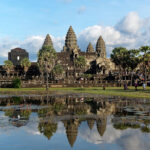
Secrets and Legends of Angkor Wat
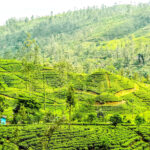
Scenic Tea Plantations in Sri Lanka






